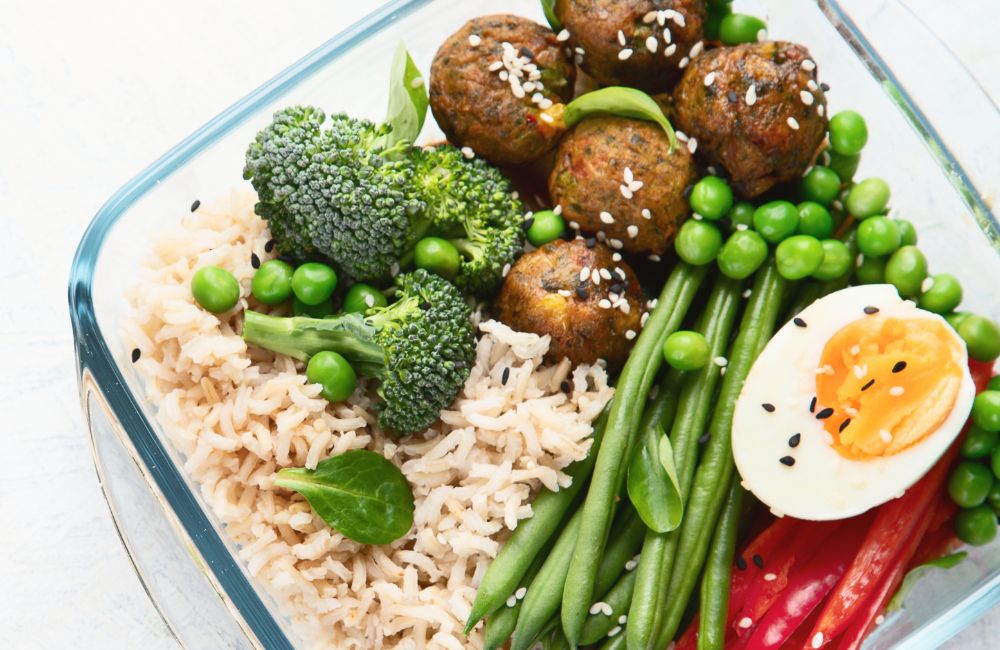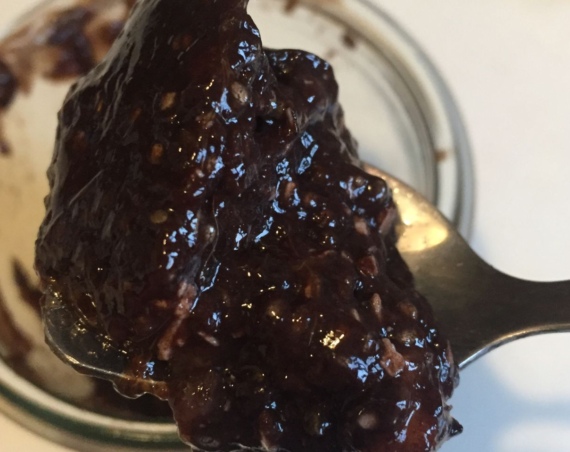
An apple a day keeps the doctor away. Make that a salad instead. According to a recent study, those who consumed at least 1 cup of vegetables daily had up to a 26% decrease in heart disease risk.
That’s about the number of vegetables you might find in a standard salad. But what makes these heart healthy? Let’s take a look (1).
You’ll also like:
Eating These Types of Protein Foods Regularly Could Add Years to Your Life
Eating This Nutrient Is Key to Living Longer, Study Shows
5-Day Mediterranean Diet Plan to Lose Weight
What Are Nitrates?

It’s not news that vegetables are good for us. Eating more vegetables is one of the main recommendations for any healthy eating plan. But what in veggies makes them so healthy? The answer may lie within the nitrates.
Nitrates are a compound found in vegetables that have been studied for their beneficial effects on blood pressure, heart health, diabetes, and more.
These aren’t the nitrates you find in processed foods and meats. Sodium nitrates are common additives to processed foods, such as processed meats, as a preservative.
Sodium nitrates can be converted into nitrosamine in the body. This chemical is a known carcinogen and is encouraged to consume only in moderation in the diet (2, 3, 4).
The nitrates in vegetables are naturally occurring and are not linked to cancer risk.
When consumed regularly, the nitrates in vegetables have shown a reduction in cardiovascular disease. The naturally occurring nitrates convert to nitric oxide in the body.
This acts as a vasodilator, meaning it helps to relax and widen our blood vessels so our heart can pump more easily (1).
How to Build a Heart Healthy Salad

Now that we know consuming salad is a quick way to boost our heart health, let’s look at some ways to build a healthy salad for your next lunch.
All veggies are great for you, but to get the most out of the nitrates you want to choose green, leafy veggies. This includes spinach, lettuce, fennel, arugula, kale, beetroot, and more (4).
For most nitrates, the darker the better. This means spinach will have more nitrates than lettuce. Build your salad with 1 cup of preferred leafy greens, or a mixture of a few.
You can incorporate a dose of heart-healthy fats into your salad to up the nutrient content.
Include some nuts or seeds sprinkled on top. Skip the cream dressing and opt for a drizzle of olive oil instead. Choose toppings you enjoy and don’t be afraid to have fun with it.
Bottom Line
Salads are incredibly versatile and are an excellent and easy way to get in that 1 cup of leafy greens. Load up on heart-healthy nitrates easily by incorporating them into a salad to your lunch daily.
Not into salads? You can incorporate these leafy veggies into casseroles, soups, and stews as well. Swap out your normal lasagna for a veggie one filled with spinach.
There are no limits to what you can do with your meals to incorporate more of these in. It’s worth it if it means a longer and healthier life.


